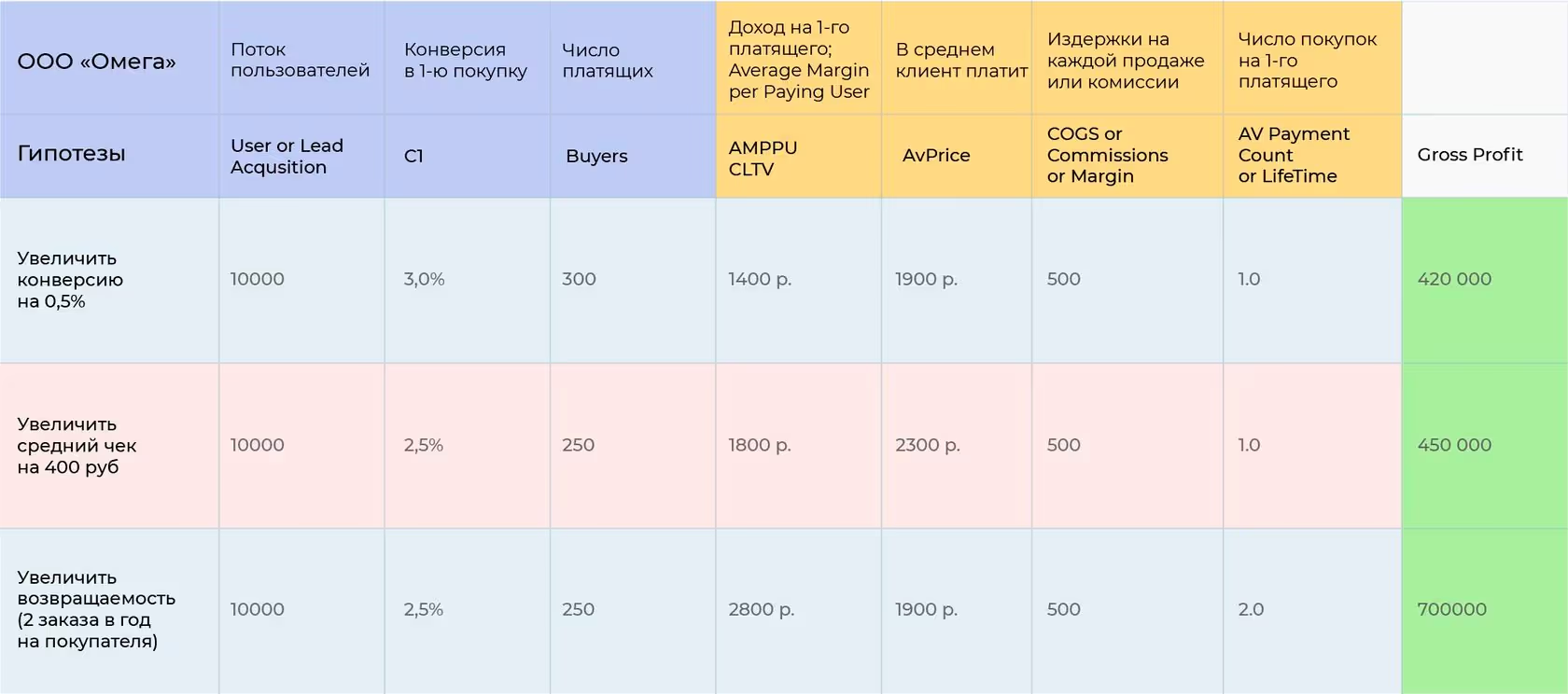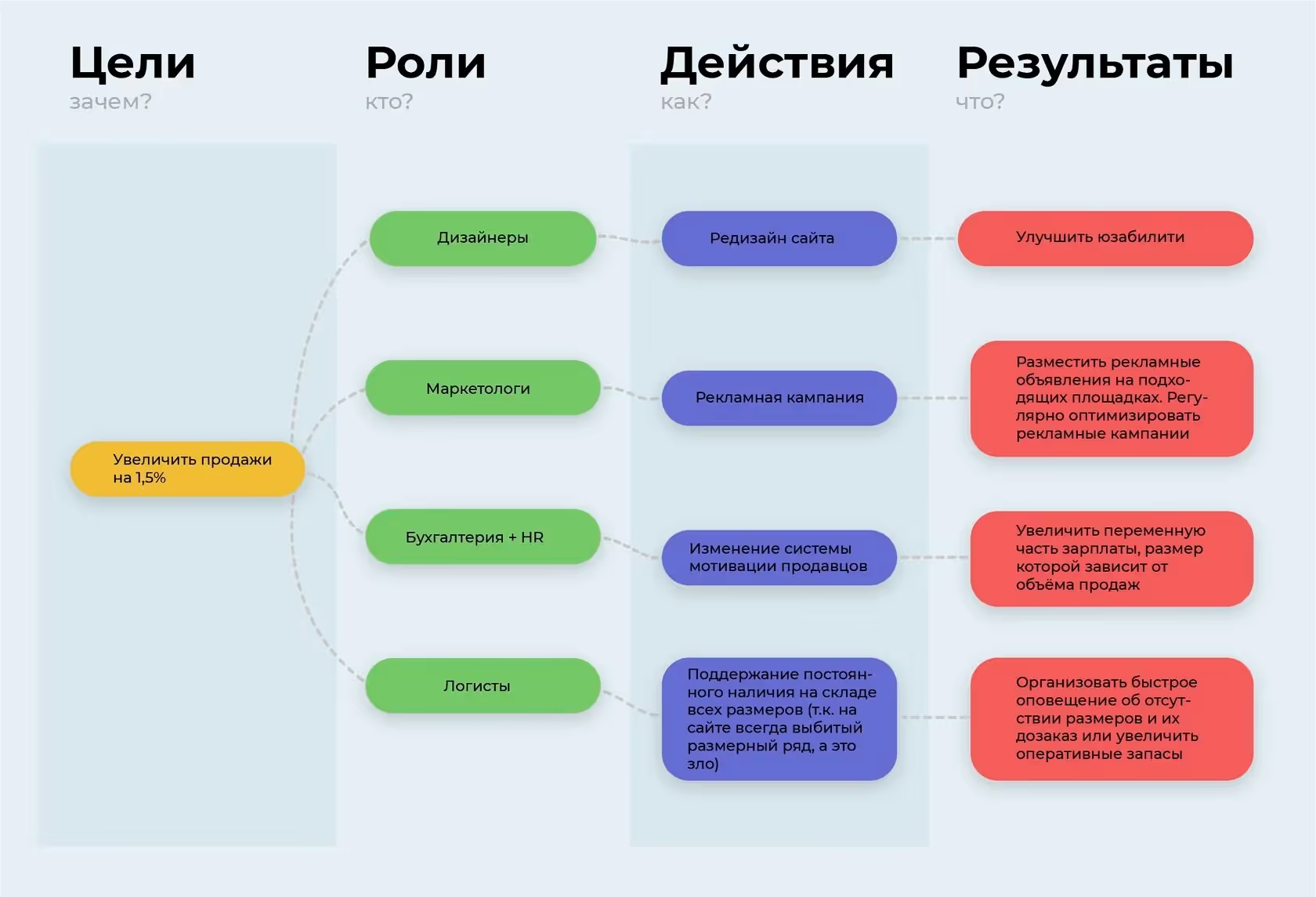IN first part of the article we discussed common misconceptions regarding the digitalization of B2B businesses.
The main conclusion is that preparing for digital transformation on the part of the customer primarily consists in goal-setting. It is necessary to determine the company's goals, quantitative and qualitative metrics and their decomposition into tasks.
This requires expertise and some effort. First of all, you should think about developing your own team and increasing internal expertise. And, of course, try to build a relationship with an IT contractor so as to work with him not on development for development's sake, but on a product, each part of the functionality in which brings you closer to achieving your business goal.

So, we discussed common misconceptions about the digitalization of B2B businesses. If you think that the key to success is a detailed technical specification and the transfer of routine activities online, the result can be very disappointing. Businesses do not need such training!
The main part of the customer's preparation for digital transformation is goal-setting. It is necessary to determine the company's goals as a whole, define quantitative and qualitative metrics and decompose them into tasks.
This requires expertise and some effort. First of all, we should think about developing our own team in this area and increasing internal expertise. And, of course, try to build such a relationship with an IT contractor that will allow you to work together not on development for the sake of development, but on a product, each part of the functionality in which brings you closer to achieving your business goal.
The procedure for preparing for the development of a B2B portal will be as follows
Step one. Calculating the unit economy of the entire project

One of the new lines will be the “B2B Portal Development” hypothesis, and you will need to evaluate how it will affect the “Revenue” and Gross Profit columns.
For an example of a simple unit calculator in XLS format and its instructions, see hereto.
If the unit calculator shows that even a 0.01% change in conversion will give a significant financial result, then you should start improving from the bottlenecks of the sales funnel. And it is not certain that it is the automation of business processes that will influence this — perhaps it is better to optimize something else.
Step two. Building top-level goals and impact maps

The Impact Mapping method helps to clearly formulate project goals in accordance with the goals of the entire business in terms of roles. To do this, you need to build an intelligence map with answers to four main questions.
- Why do you need this product? What business problem should it solve?
- Who influences the achievement of this goal?
- What can he do?
- What specific steps does it need to take within the framework of its goals?
Step three. Decomposition of goals into tasks
- Choose indicators that we will monitor as a process and which the team will focus on.
- Define iterativity — the shortest possible period for delivering new values to a product. As a rule, this depends on bureaucratic opportunities. If the product owner is available and devotes a lot of time to the project, these could be week-long sprints. But if the functionality is complex or the client has to constantly distract himself from the project, then this means two weeks or more per cycle.
The cycle is determined by how we can deliver value and value it. For example, using quantitative metrics:
- the number of automated operations;
- the number of transactions transferred to the new system;
- number of communications without an operator;
- the percentage of users of a B2B portal or B2B marketplace out of the organization's total number of customers (example: out of 2,000 customers, 0 people currently use the portal, and our goal is 1000 people).
We have listed quantitative metrics, and we need to balance them with qualitative ones:
- the number of repeated operations (the customer had a hard time placing an order once and will no longer use it);
- the time to complete one application, purchase, and transaction;
- percentage of use;
- customer satisfaction and willingness to recommend the company (NPS).
Step four. Choosing who can be decision makers
They are owners not only of the product itself, but also of related systems. Usually, a B2B portal is closely integrated with other IS (ERP, CRM, etc.), and someone must be appointed responsible for interacting with them. At the same time, all decision makers should focus on one common parameter; all departments should be interested in this parameter and are physically involved in the project. The product owner is responsible for collecting these metrics, discussing them and approving them with the team.
Step five. Start of development
It often happens that if a system, for example, consists of six parts, then all parts begin to be implemented sequentially: the first, second, third, etc. This is wrong — you should work on them at the same time and try to create an MVP, that is, a system that can be used as early as possible. It may be a very simple implementation with big assumptions, but it will be fine-tuned in a month, because you need to get full feedback as soon as possible. Development is carried out taking into account Deming's cycles with regular revisions of goals and metrics.
And no technical specifications.
As you can see, we are in favor of focusing on business indicators in development planning. More useful information about B2B portals, how we create them and what problems we solve is on our website”B2B portal development”.








